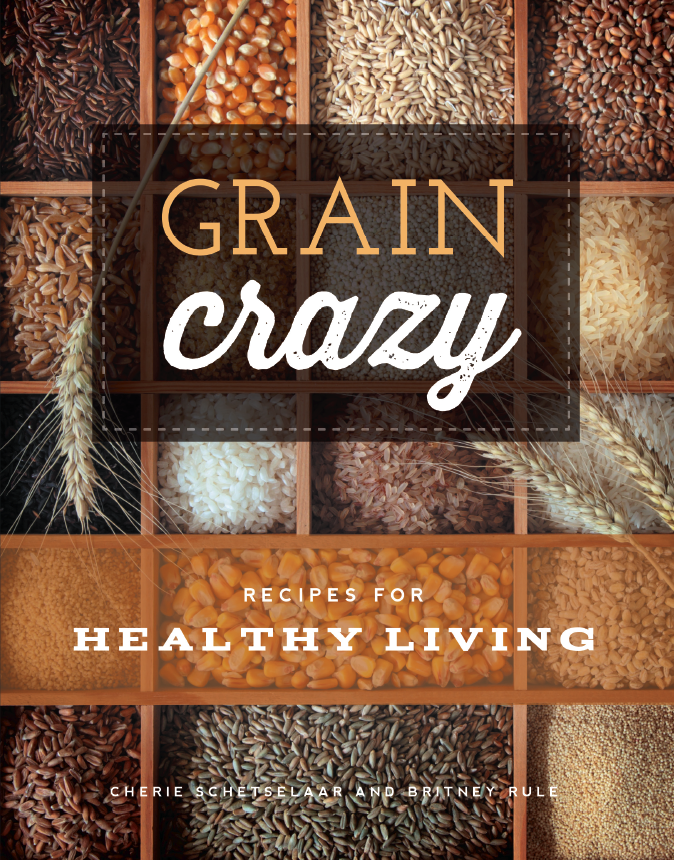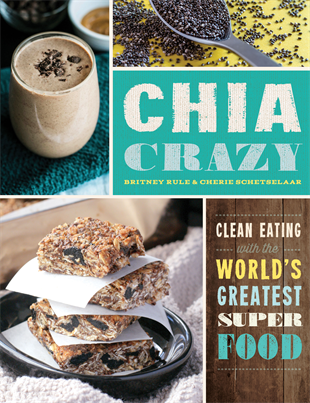
People tell the legend that this grain was found in King Tut's Tomb, but that really isn't true. Although grain has a long shelf life, it's certainly not that long! As you can see from the picture of the kernels, kamut looks a lot like wheat. That's because it is a relative of durum wheat, but is larger, sweeter, healthier, and easier to digest than common wheat.
Health Benefits:
- Because it has a sweeter flavor than most whole wheat, you need less sugar when you use it.
- Contains up to 65% more amino acids than wheat
- Contains a high percentage of lipids, which contain more energy than carbs--making kamut great for athletes or anyone with a busy life
- Proven to be easier to digest, and safe even for those with wheat sensitivities or celiac disease (although you should always check with your doctor first)
- Has not been over-produced like many popular grains, so it is more sustainable, requires no pesticides, and is healthier for the environment. Kamut is only grown organically.
What Kamut is Great For:
You can use Kamut as a substitute for wheat in recipes, though be aware that it has less gluten than most wheat, so expect a heavier bread unless you add extra gluten. It is especially good in cakes and homemade pastas. I usually use it in a mixture in my breads.
Click here for my recipes using Kamut.








No comments:
Post a Comment